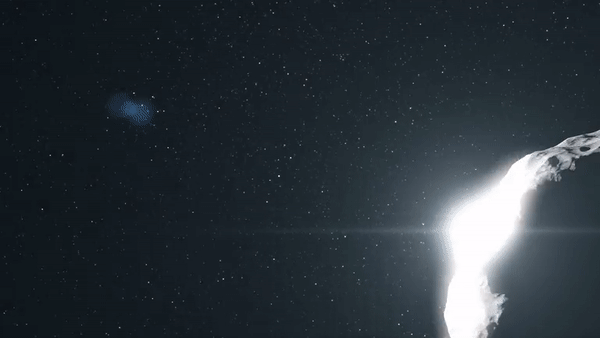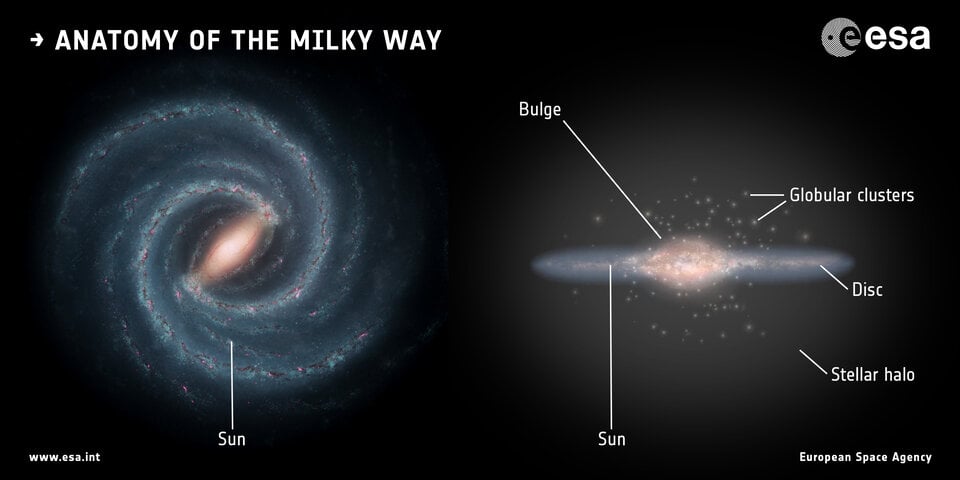
In a surprise twist, NASA has suggested it will reexamine its naming policies, due to the controversy surrounding the JWST.
Continue reading

The Artemis I mission deployed ten CubeSat's as part of its mission, but only four appear to be operational.
Continue reading

New research has shown that Mars may have been covered in a worldwide ocean when Earth was still covered in molten lava.
Continue reading

The James Webb's mid-infrared instrument (MIRI) is back online, and took a new image of Saturn's largest moon Titan!
Continue reading

NASA has released its James Webb History Report, which explains why they are not changing the name of their flagship observatory.
Continue reading

A new study by an international team indicates that either Einstein was wrong, or something else has been driving cosmic expansion from the beginning.
Continue reading

After months of waiting, we're getting our first good looks at a fully deployed BlueWalker-3 this coming weekend.
Continue reading

The November Leonid meteors may produce a surprise outburst this weekend.
Continue reading

Locked within meterorites could be the key to understanding the origin of Earth's oceans. A new scanning technique could show us how.
Continue reading

A new study by a team of Chinese researchers examines the impact asteroid mining with have on global equity.
Continue reading

A team of satellite experts have designed a navigation system that could save Earth from a collision at the last minute.
Continue reading


















































